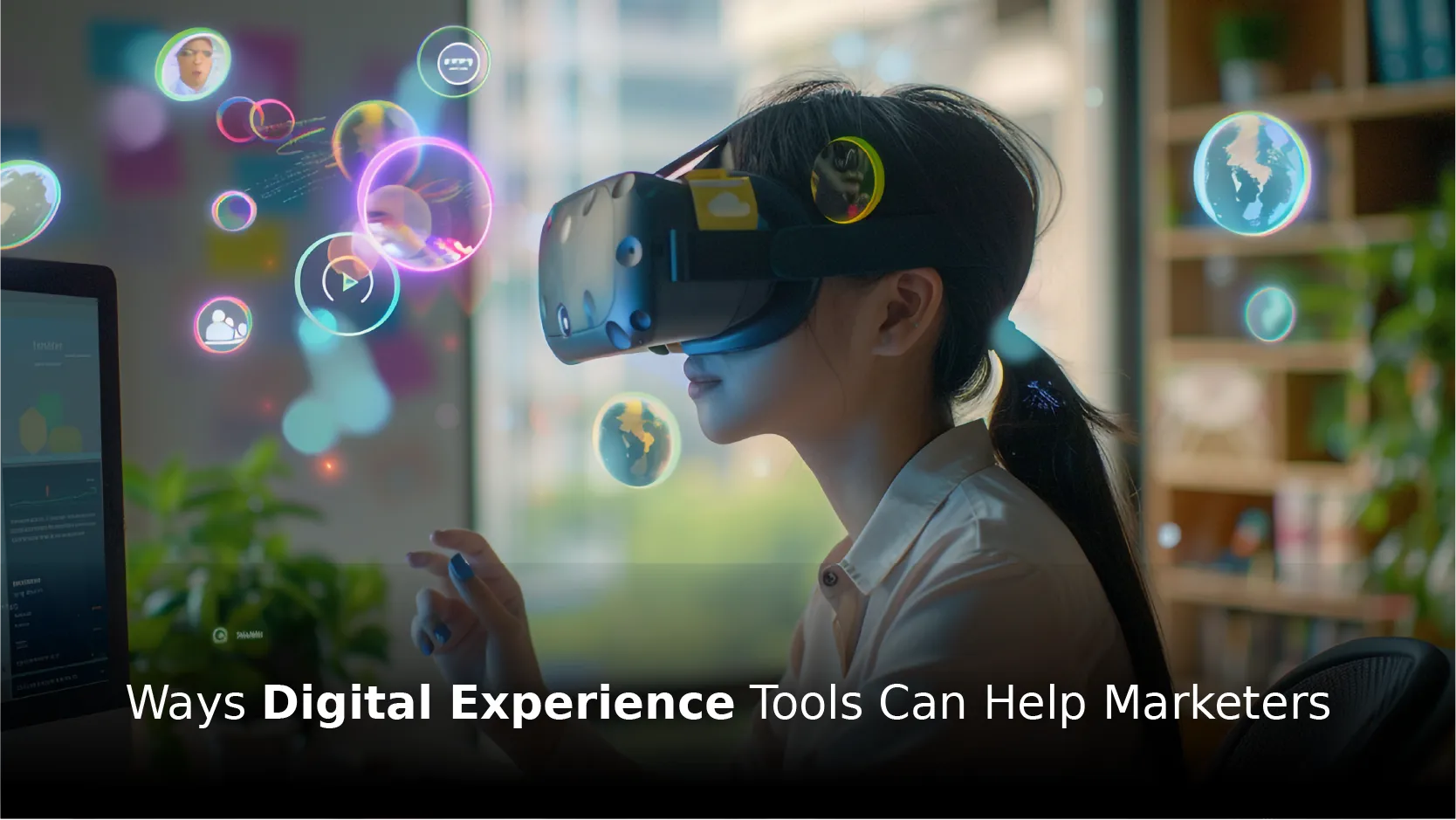As consumer life cycles are increasingly becoming more complex, having scalable enterprise-grade digital experience platforms that enable development and marketing teams to create and deploy sites with bespoke programming, deliver unpaired personalized experiences, offer digital experiences, and engage consumers throughout their customer journey can be a game-changer.
While personalized digital experiences have gained immense popularity as a marketing tool, not all businesses are able to offer them to their clients.
Marketers need an all-inclusive digital experience management system that allows them to handle various sites and content, allowing them to deliver intelligent, customized user experiences. In this blog, let us have a look at the challenges that marketers face while delivering top-notch digital experiences and how implementing the right tools will help them to overcome these challenges.
Bottlenecks in Offering Excellent Digital Customer Experience

Following are a few challenges that companies might encounter while taking a digital-first strategy to their customer experience:
● Failure to Get Ideas to Reality
The majority of companies fail to get the customer journey maps to reality with client data. All enterprises, irrespective of their size, type, or industry, are seeking opportunities to comprehend and improve their customer’s digital experience. Organizations are focusing on developing a road map for their client journey to enhance the digital CX. The buyer journey roadmap visually describes the customer’s lifecycle from acquisition to retention.
It is a useful way to comprehend the customer experience with the enterprise throughout all the available digital touch points. Despite a client journey road map being beneficial for organizations, without quality data, it will not be able to pull valuable insights.
Enterprises can leverage data to assess consumer behavior through a wide range of digital channels to determine the customer’s preferences. Enforcing the best digital customer analytics platforms with machine learning (ML) and artificial intelligence (AI) integrated can enable organizations to identify bottlenecks and improvement areas.
● A Poor Approach To Digital CX
Customers who do not have a smooth journey with the brand can result in poor CX. Organizations that aim to offer an improved digital user experience should focus on offering seamless transitions throughout all the digital channels.
Consumers should have the liberty to select their preferred interaction channels, and their data should be observable throughout their journey with the brand. Businesses that eradicate the siloed practice will get a holistic picture of their customers. Modern businesses employ an extensive volume of data to connect the client journey and their satisfaction throughout the overall journey.
Also Read: Top 9 Ways to Deliver Personalization in Customer Experience
Ways Digital Experience Tools Can Help Marketers

Given below are a few reasons why the best digital experience platform can assist marketers and developers minimize complications and stay one step ahead of the competition:
1. Quicker Go-To-Market Strategies
The advent of the internet has led to a fiercely competitive landscape that is constantly changing. Marketers should consider adopting an innovative approach to enhance user experience and accelerate time to market to stay competitive.
Quicker deployment of the latest websites and campaigns to help digital marketing measures can bridge the gap between success and failure in fast-paced business landscapes. Pre-sales and development teams can use a multi-site management platform with an easy-to-use interface to seamlessly configure and manage sites from a single location.
2. Deliver Consistent Brand Experience
To satisfy client expectations for a frictionless digital experience pre-sales teams need creative solutions that don’t restrict their skillfulness and productivity, rather letting them focus on what they do best and scale their businesses. Websites are a crucial asset when designing a robust digital experience strategy. Imagine a situation in which marketing teams have to create pages and sites using pre-built elements and drag-and-drop capabilities without requiring any programming skills.
It will allow marketers to drive successful business results rather than focusing on site development.
3. Cross-channel Customization
The recent pandemic that engulfed the world resulted in a paradigm shift in how enterprises interact with their buyers. The need for cross-channel customized that revolutionizes customer engagement has become essential as digital experience becomes a key driver for competitive edge. In a market that has never been more competitive, industry veterans are increasingly evolving digital interactions to meet customer expectations.
So, how can pre-sales teams utilize customization to craft compelling customer journeys that meet customer demands, enhance customer loyalty, and increase revenue?
Optimized digital experiences are at the core of all excellent personalized experiences. The starting point for marketing teams is a user-friendly no-code interface that permits them to get insights into customer behavior and deliver top-notch customer experience across multiple stages of the consumer journey on any channel or device of their choice.
4. Minimized Costs
Marketers must evaluate their current marketing technology stack to check if it still adds value in today’s digital economy, particularly in a period of conservative spending and strict budget limitations. It’s more vital than ever to invest in a state-of-the-art digital experience platform that eradicates silos and incorporates content and data, enabling marketers to deliver users with a consistent digital experience through all channels. Marketers can drive value and improve ROI by depending on a cutting-edge digital experience platform (DXP).
Wrapping it Up
Delivering a seamless digital experience presents significant challenges, ranging from maintaining consistent user engagement to ensuring robust security and managing the complexity of multi-platform integration. However, with the right tools and technologies, these obstacles can be effectively overcome. Advanced analytics, automation, and AI-powered solutions enable businesses to personalize experiences, optimize performance, and streamline operations, ultimately enhancing customer satisfaction. By strategically leveraging these tools, organizations can not only address the inherent challenges of digital transformation but also set the stage for sustained growth and competitive advantage in an increasingly digital world.


Comments are closed.